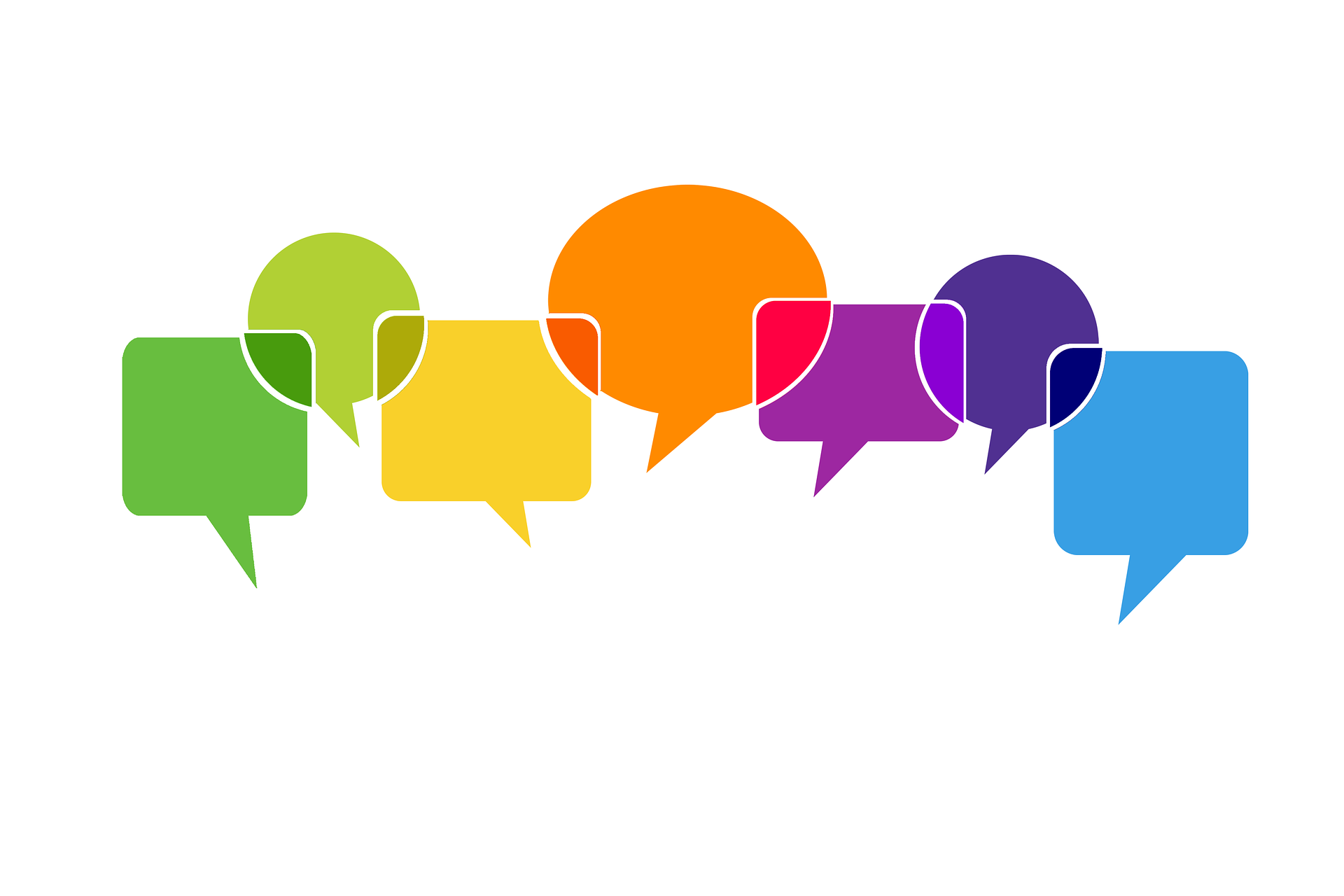Best practices in outreach with people with disabilities
Library staff may want to reach out to people in your community living with disabilities, but feel unsure how to respectfully and skillfully engage. In this guide, we have brought together our experience as service providers as well as advice from a number of organizations representing and serving people with disabilities to help member libraries engaging in outreach.
 The language we use when we talk about disability can help us overcome possible limiting attitudes towards people with disabilities and shape more positive and inclusive ones. Let's communicate about and with people with disabilities in a way that emphasizes equality, independence and participation.
The language we use when we talk about disability can help us overcome possible limiting attitudes towards people with disabilities and shape more positive and inclusive ones. Let's communicate about and with people with disabilities in a way that emphasizes equality, independence and participation. 
